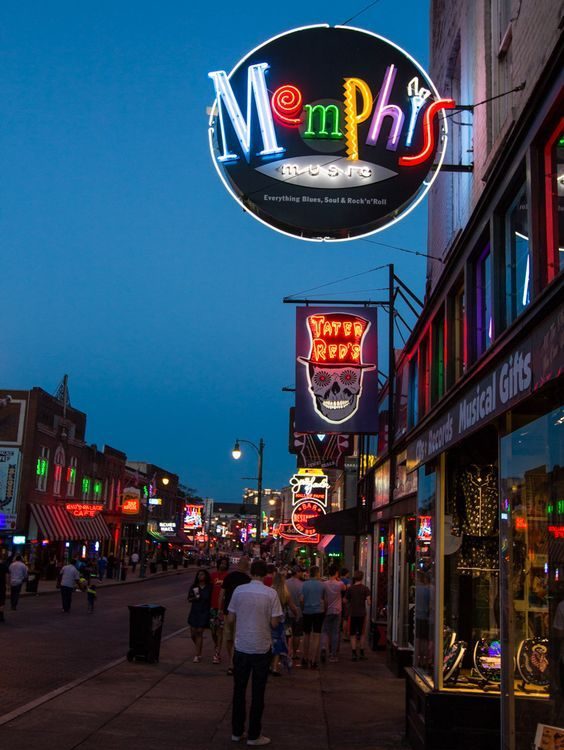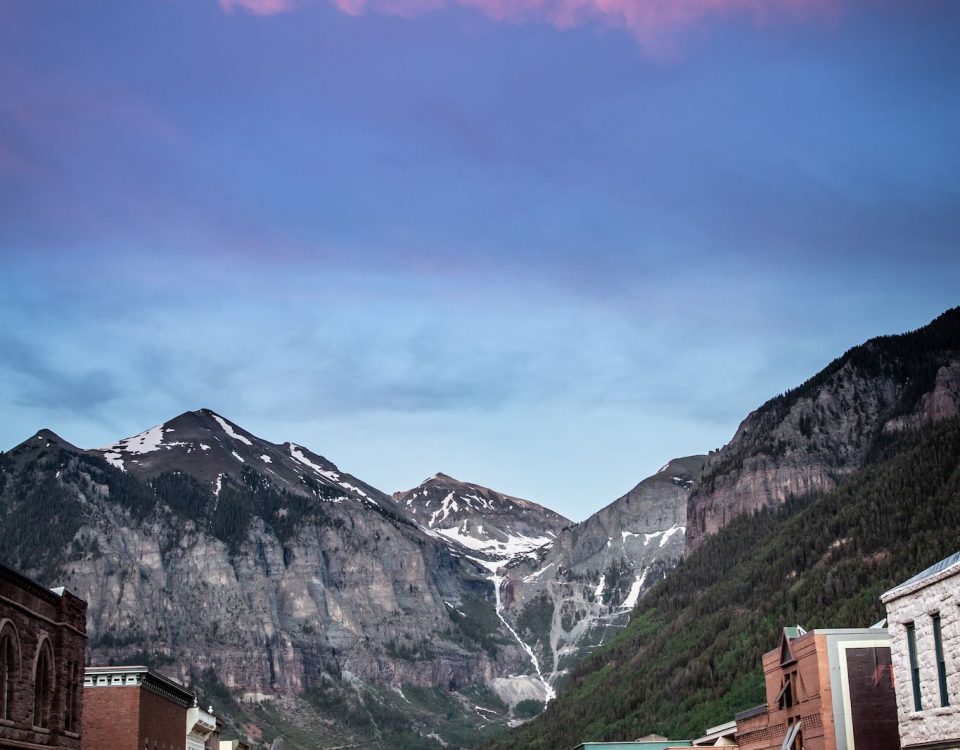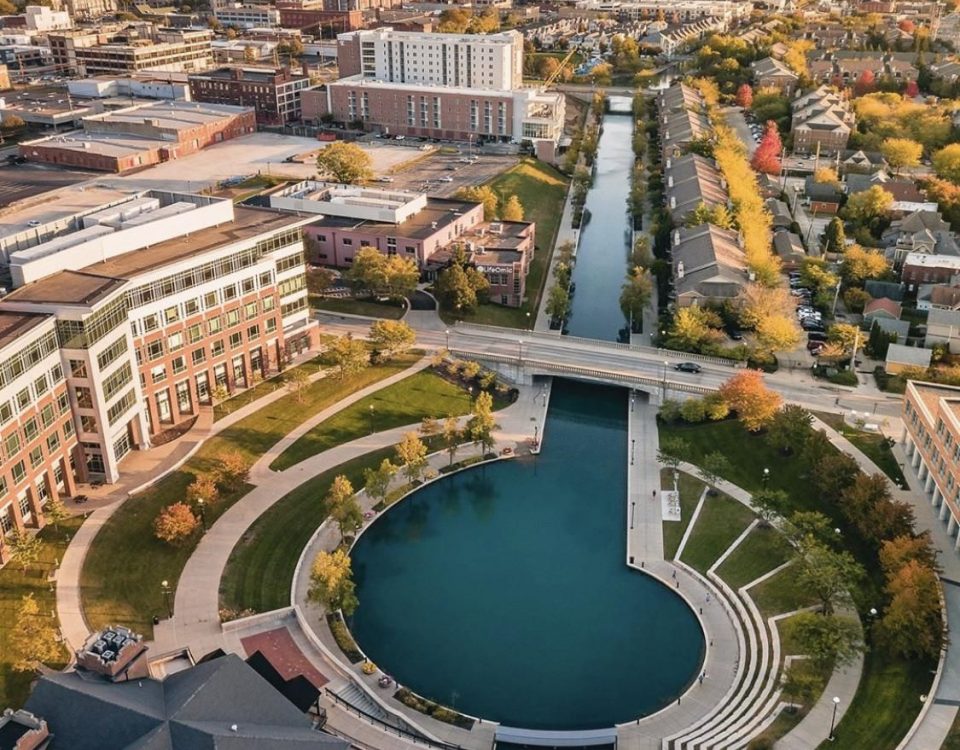Nuremberg, Germany

Kuala Lumpur, Malaysia
March 24, 2020
Montreal, Canada
March 24, 2020About Nuremberg
The city known as the “capital of the industry” -Nuremberg, Germany
Nuremberg is the Bavarian state's second largest city after Munich. It is built around the Pegnitz River, the Rhine River, and the Main-Danube canal. The city is considered one of the centers of the ancient Roman-German Empire.
Nuremberg, which has managed to protect the medieval walls and fortresses, is considered as one of the cities that best preserves the historical past of Germany. The city, where military equipment was produced industrially during World War II, served as a military zone at that time.
Nuremberg, the cultural city of Germany, brought many famous names in the field of music and literature to Europe; with its rich cuisine and world-famous festivals, it has taken its place among the tourism routes that must be seen. Located in the middle of the cities of Munich and Frankfurt,
Nuremberg has gained importance due to its traces of many periods of European history. You can feel both architectural and cultural reflections of the Middle Ages and the Roman-German Empire in Nuremberg, which has a long history.
Discover the Touristic Attractions
The places that must be seen in the city that stands out with its natural beauties:
Imperial Castle of Nuremberg (Nürnberger Burg):
The castle, which was mentioned for the first time in the historical records in the 11th century, reflects the Romanesque and Late Gothic styles of the Middle Ages. Imperial Castle has been preserved to this day, although it was badly damaged during World War II. The castle, which is the center of attention of tourists and located near the Old City, also has a beautiful view.
The Frauenkirche ("Church of Our Lady"):
The church, one of the important architectural structures of the city, was built by the order of the Roman-German Emperor 4 Charles. The church, which embodies the medieval collection that reflects the rich historical past of the region, has also hosted the Christmas Market opening ceremony since 1948. The piano, which was placed in 1506 and designed by Klais Orgelbau in 1988, is among the unique pieces of the church.
St. Lawrence Church (Lorenzkirche):
The church, which was completed in 1477, is one of the important structures that reflect the Gothic architectural texture of the city. Although it suffered great damage during World War II, it has survived to the present day thanks to the restorations made in accordance with its original.
This church, like the Frauenkirche, hosts a private art collection. The three-part pipe organ in Lorenz is one of the largest in the world.
Germanisches Nationalmuseum:
Since it’s founding in 1852 the Germanisches Nationalmuseum has advanced to one of the largest museums of cultural history in the German-speaking world. A visit to this treasure chest is almost obligatory for any trip to Nuremberg. It offers ever new discoveries, even for those who come more often to stroll through cultural history, starting with the Pre- and Protohistory section and ranging all the way to the present.
Particular highlights include works of Albrecht Dürer, Veit Stoß and Rembrandt, the earliest surviving terrestrial globe, the first pocket watch in the world as well as the largest collection of historical musical instruments in Europe.
Albrecht Dürer’s House:
The house of Albert Dürer, one of the important painters of Germany, was turned into a museum in 1871. You can see the works of the artist and feel the atmosphere of the period in this museum located on the northwestern end of the Old City. You can visit the museum under the guidance of an actress who plays Albert Dürer's wife Agnes Dürer, so you can add an interesting moment to your trip plan.
Culinary Experience
Nuremberg offers the visitors two international export hits! In the city, you can taste the famous gingerbread cake called Lebkuchen and taste the world-famous Nuremberg sausages. Especially during Christmas time you will get Lebkuchen at every corner in Nuremberg.
The Nuremberg Sausages (Nürnberger Rostbratwürstchen) are eaten as "3 im Weggla". Three of the small sausages are laid in a sliced-open bun ("Weggla") and topped with mustard. Nevertheless you can find the opportunity to try different tastes in Numberg. Here are some tips for you:
Nuremberg Sausage: Bratwursthäusle
Schäuferle (Pork, meat dish): Albrecht Dürer Stube
Lebkuchen (Gingerbread cake): Gingerbread - Schmidt, Lebkuchen-Schmidt
Local German Cuisine: Albrecht Durer Stube, Restaurant Trodelstuben, Bohm’s Herrenkeller
Steak: Goldener Pudel, Block House Nurnberg, Eku Inn
Cafe: Cafe Nef, Cafe Mainheim, Konditorei Cafe Beer
Night Life
In Nuremberg, you can make night plans where you can both see the German culture and have fun. Especially in the Weissgergasse region, you can find many different entertainment venues together.Famous for its cocktails, Bar Nürnberg is one of the most preferred places in the region. Another bar that is famous in the region with its more than 200 kinds of drinks is Mata Hari Bar.
The Vintage Bar, which stands out with its vintage atmosphere and different concept, is among the favorite places of the visitors. If you want to continue your night with music, you can choose Loom Bar, which is known for its richness of food and beverage menu and attracts attention with its different lighting system.
For more information about Nuremberg, visit: https://tourismus.nuernberg.de/en/



